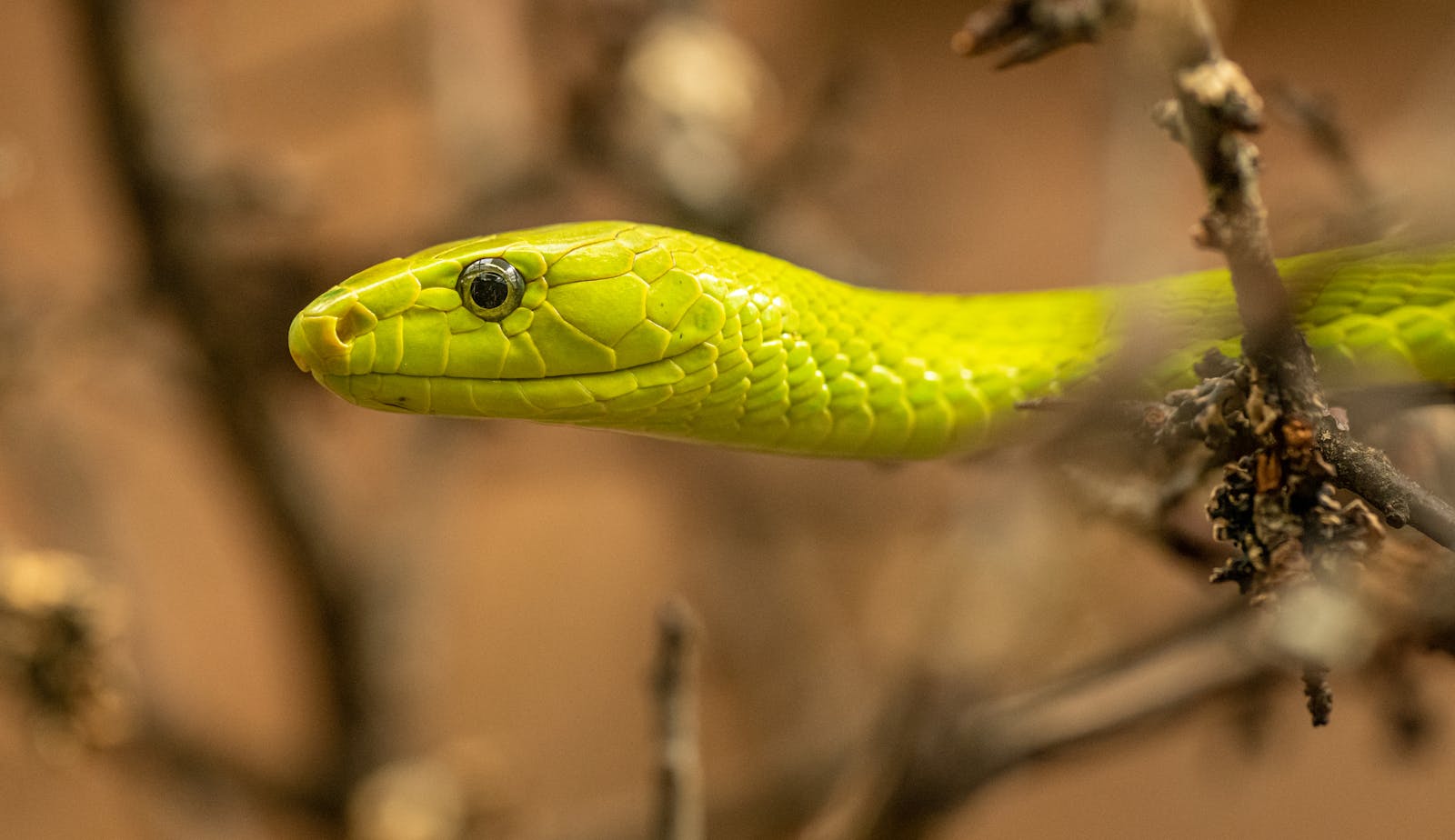In the fascinating world of snake behavior, perhaps none is more intriguing than thanatosis—the scientific term for playing dead. Venomous snakes, despite possessing powerful toxins capable of deterring predators, sometimes resort to this peculiar defensive strategy. Rather than striking with their venomous fangs, certain species will dramatically roll onto their backs, hang their tongues out, and remain motionless when threatened. This seemingly counterintuitive behavior has evolved over millions of years as an effective survival mechanism. The phenomenon raises important questions about predator-prey dynamics and the evolution of defensive behaviors in reptiles. Understanding why deadly snakes sometimes choose to play possum rather than attack offers valuable insights into animal behavior and survival adaptations in challenging environments.
The Evolutionary Advantage of Playing Dead
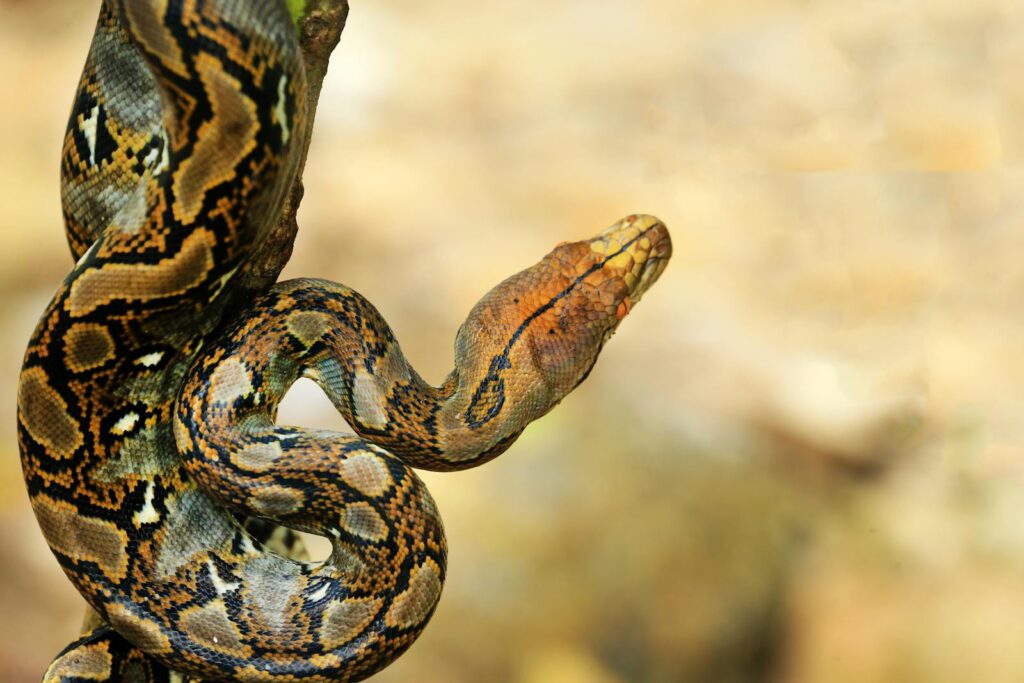
Playing dead, scientifically known as thanatosis or death feigning, represents a sophisticated evolutionary adaptation that has developed independently across numerous animal species. For venomous snakes, this behavior serves as a secondary defense mechanism when primary tactics like venomous bites, intimidation displays, or escape aren’t viable options. The strategy leverages a fundamental aspect of predator psychology—many predators are instinctively programmed to pursue moving prey and may lose interest in immobile objects. By mimicking death, the snake exploits this predatory blind spot, increasing its chances of survival when confronted by larger, more aggressive animals. Research suggests that thanatosis evolved as a complementary defense rather than a replacement for venom, providing these reptiles with a diversified survival toolkit that can be deployed based on the specific threat encountered.
Which Venomous Snakes Commonly Play Dead
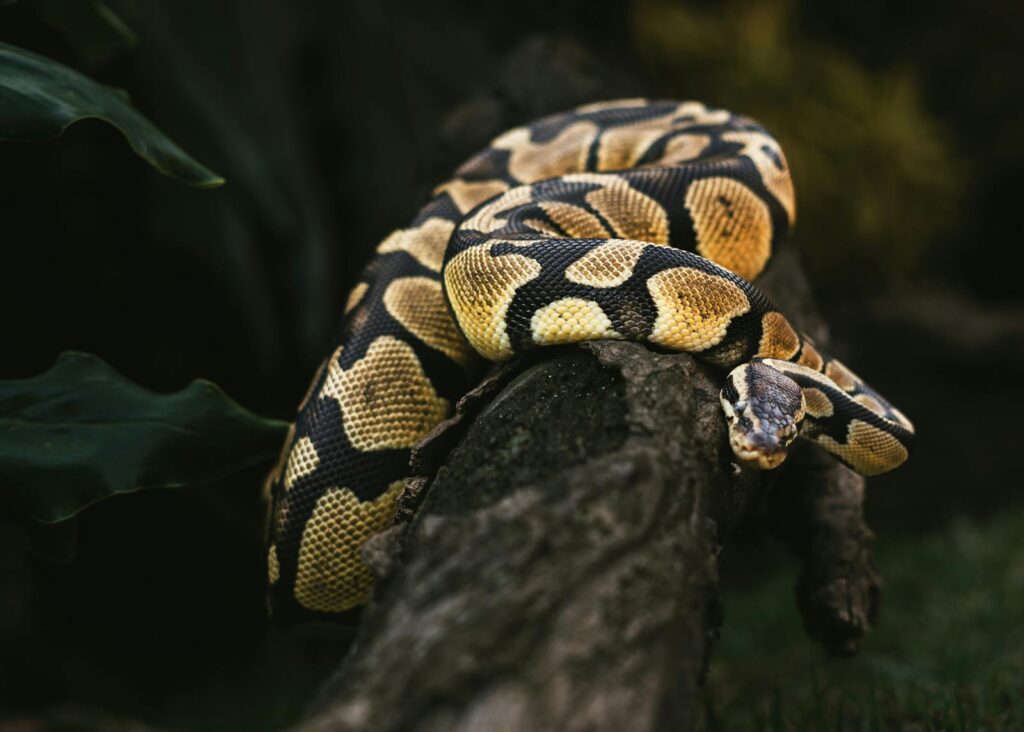
Several venomous species have mastered the art of death-feigning, with the North American eastern hognose snake (Heterodon platirhinos) being the most renowned practitioner of this behavior. Despite its mild venom that poses little threat to humans, this dramatic performer will flip onto its back, convulse, and then lie motionless with its mouth open and tongue lolling out when threatened. The rinkhals cobra (Hemachatus haemachatus) from southern Africa employs a similar strategy, combining death-feigning with the additional defensive tactic of spitting venom. Some populations of death adders (Acanthophis species) in Australia have also been documented displaying thanatosis when confronted by certain predators. The eastern coral snake (Micrurus fulvius), one of North America’s most venomous reptiles, occasionally exhibits this behavior despite possessing neurotoxic venom capable of causing serious harm to potential threats.
The Physiological Process Behind Thanatosis
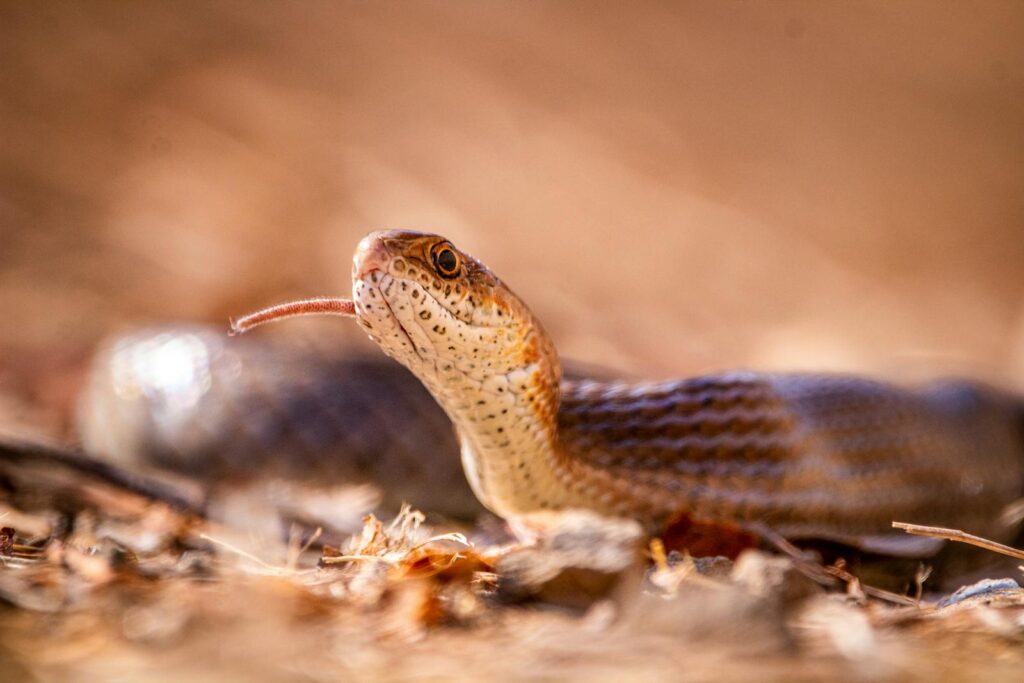
When a snake engages in death-feigning, its body undergoes several physiological changes that contribute to the convincing performance. Heart rate typically decreases significantly, sometimes by up to 50 percent of the normal resting rate, creating a state similar to bradycardia. Breathing becomes shallow and nearly imperceptible, with some species able to reduce oxygen consumption dramatically during these episodes. The snake’s muscles enter a state of tonic immobility—a temporary paralysis-like condition that allows the animal to maintain an unnatural position, such as lying upside down with its belly exposed. Most remarkably, some species release chemicals that create an unpleasant smell resembling decomposition, further enhancing the illusion of death. These physiological adaptations are not merely behavioral choices but represent complex neurological responses triggered by specific threat scenarios.
The Theatrical Performance of Hognose Snakes
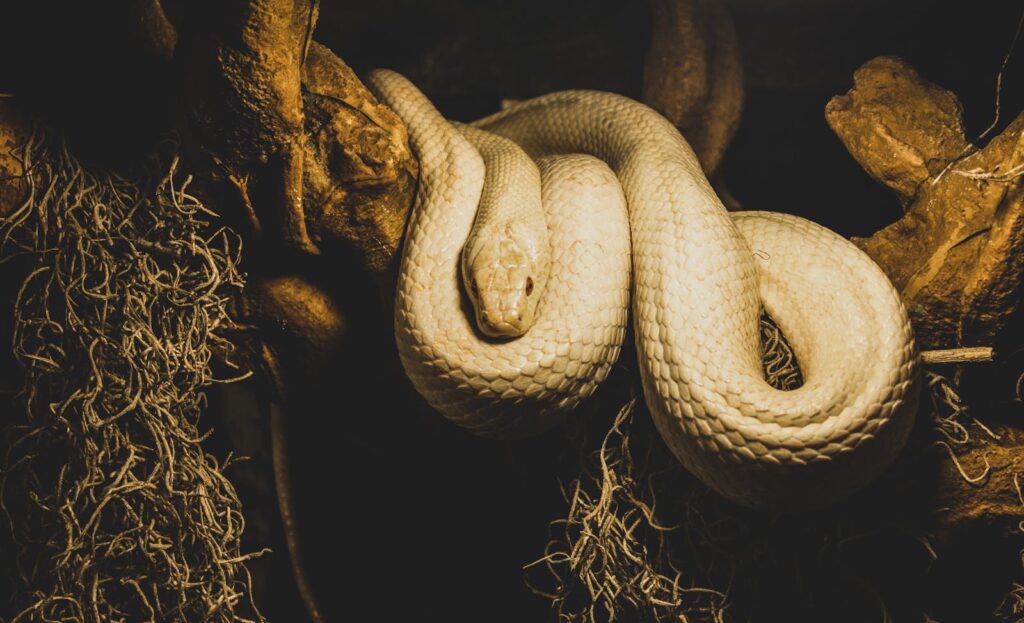
The eastern hognose snake deserves special recognition for its particularly dramatic death-feigning behavior, which has earned it nicknames like “drama queen” and “puff adder” (despite being unrelated to true puff adders). When threatened, this snake first attempts an intimidation display by flattening its neck like a cobra and hissing loudly. If this doesn’t deter the predator, the hognose escalates to a remarkably theatrical death scene. It will writhe dramatically, turn upside down, and emit a foul-smelling musk from its cloaca while opening its mouth to display a seemingly lifeless tongue. The commitment to the performance is so complete that even if physically righted, the snake will immediately roll back onto its back to maintain the death pose. This elaborate charade can last anywhere from a few minutes to several hours, depending on the perceived threat level and environmental conditions.
Thanatosis as a Secondary Defense Mechanism
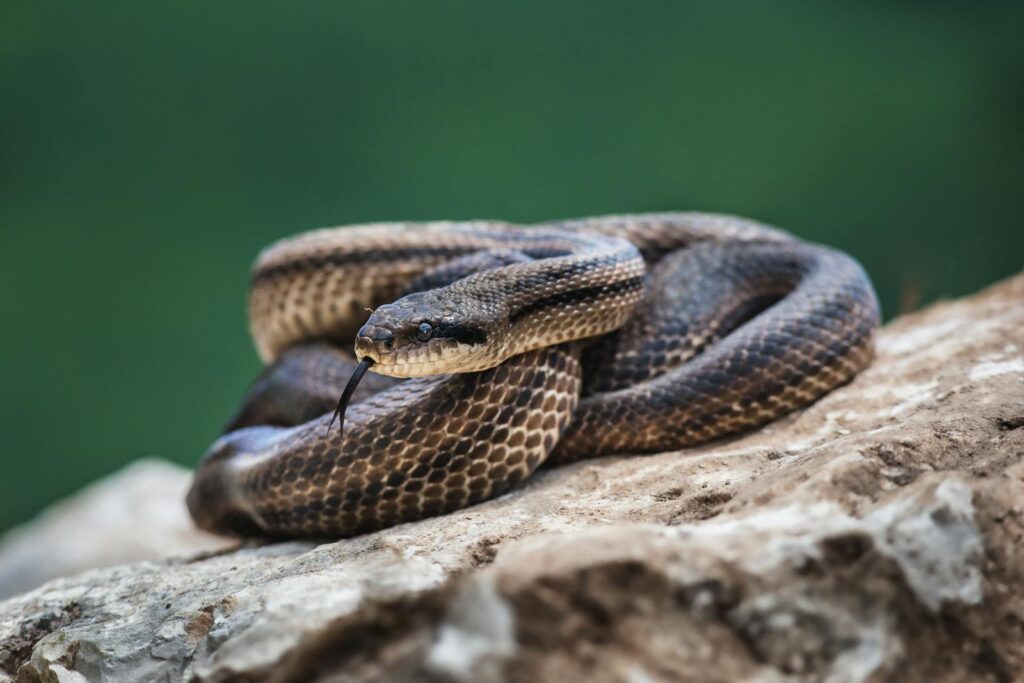
For venomous snakes, playing dead represents a secondary line of defense that complements rather than replaces their primary defensive capabilities. This hierarchical defense strategy typically follows a predictable pattern: when threatened, most venomous snakes first attempt to escape or remain hidden from potential predators. If discovered, they generally progress to warning displays such as hissing, hood flaring (in cobras), or rattle shaking (in rattlesnakes). The next escalation involves defensive striking, sometimes with “dry bites” that deliver minimal or no venom as a warning. Death-feigning typically occurs only after these primary defenses have proven ineffective or when the snake is physically unable to flee or strike. This behavior therefore represents a sophisticated last-resort tactic within a complex decision tree of defensive responses, demonstrating that even powerful venomous species require multiple survival strategies to navigate their dangerous natural environments.
The Predator Psychology That Makes Death-Feigning Effective
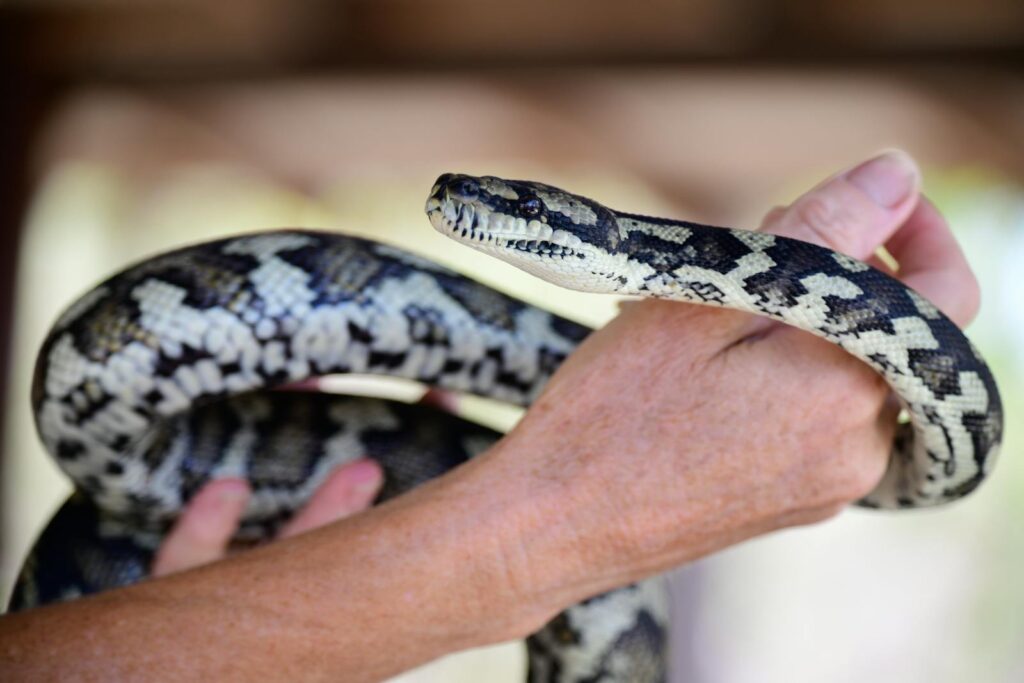
The effectiveness of thanatosis hinges on exploiting fundamental aspects of predator psychology and behavior. Many predators, particularly mammals and birds, have evolved to pursue and attack moving prey, a hunting strategy that conserves energy by focusing on likely food sources rather than investigating every potential meal. Motion detection plays a crucial role in these predators’ visual systems, causing them to overlook or disregard immobile objects in their environment. Additionally, most predators have developed an aversion to consuming carrion or dead animals due to the potential risks of disease or toxins that develop during decomposition. When a snake convincingly mimics death, it triggers these innate predatory biases, effectively becoming “invisible” to the threat perception systems of its attacker. Research has shown that predators will frequently abandon seemingly dead prey rather than risk consuming potentially harmful carrion, allowing the snake to escape once the danger has passed.
The Duration and Triggers of Death-Feigning Episodes
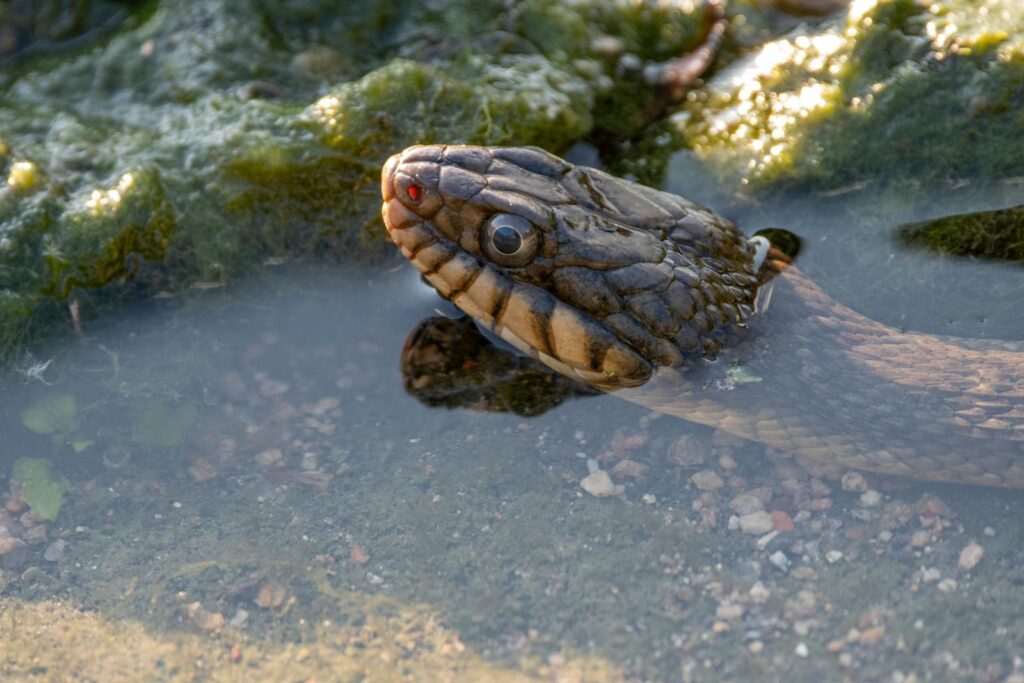
The length of time a venomous snake remains in its death-feigning state varies considerably based on species, individual, and specific threat circumstances. Some episodes may last just a few minutes, while others can continue for hours under persistent threat conditions. The behavior is typically triggered by specific stimuli that represent immediate danger, such as sudden physical contact, being lifted off the ground, or the presence of known predator scents or sounds. Interestingly, research has demonstrated that thanatosis is not necessarily an automatic reflex but can involve elements of assessment and decision-making. Studies with hognose snakes have shown that individuals may “test” whether a threat has passed by subtly moving their tongue or making micro-adjustments to their position before fully abandoning the death pose. This suggests cognitive processing plays a role in what was once thought to be a purely instinctual behavior, indicating a more complex neurological basis for this survival strategy.
Belly-Up: Why Snakes Expose Their Vulnerable Underside
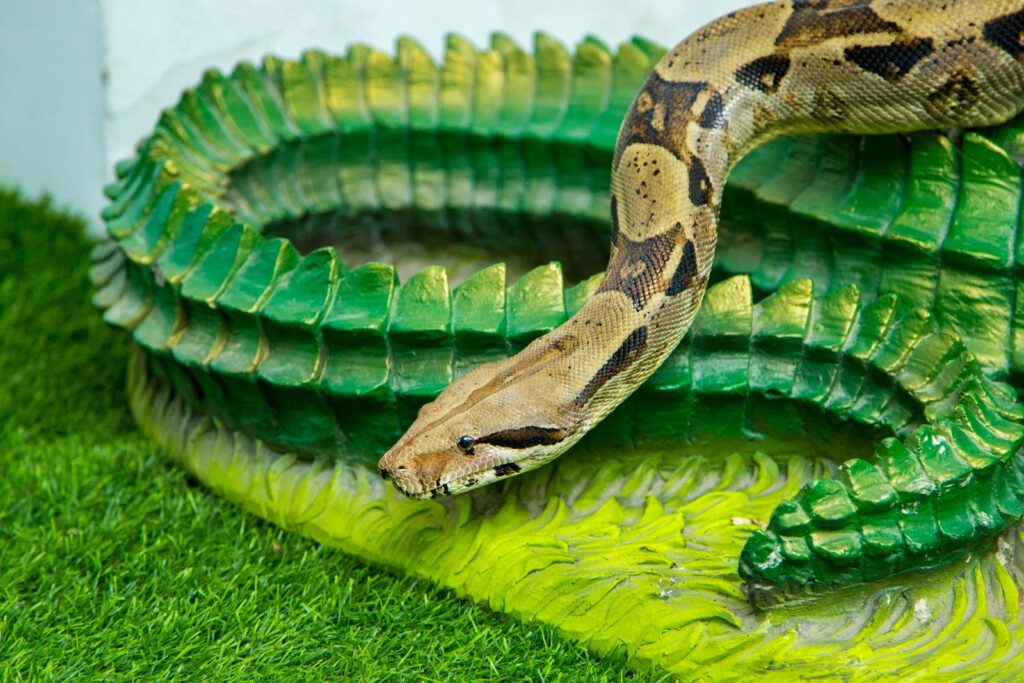
One of the most counterintuitive aspects of snake thanatosis is the typical belly-up position assumed during the performance. This posture seemingly contradicts basic survival instincts by exposing the snake’s vulnerable ventral surface rather than protecting it. However, this specific position serves several important functions in the deception. First, in nature, truly dead snakes often end up on their backs as their muscles relax after death, making this position a more convincing aspect of the death mimicry. Second, the ventral scales of many snakes display distinctive coloration patterns that differ dramatically from their dorsal appearance, sometimes featuring warning colors that can trigger innate avoidance responses in predators. The southern ringneck snake, for example, reveals bright red or orange ventral scales when playing dead, colors commonly associated with toxicity in nature. Additionally, the unnatural position helps distinguish the behavior from simply freezing or hiding, making it more likely to be interpreted as actual death by potential predators who might otherwise continue their attack.
Geographic and Species Variations in Death-Feigning

The prevalence and style of thanatosis show fascinating variations across different geographic regions and snake species, suggesting the behavior has evolved independently multiple times in response to local predation pressures. North American species like the hognose and coral snakes typically engage in more elaborate performances compared to their Asian counterparts, often including dramatic pre-death “convulsions” and the emission of musk. Australian death adders tend to employ a more subtle version of the behavior, sometimes remaining partially coiled rather than fully exposing their ventral surface. Some cobra species in Africa combine death-feigning with specialized defensive mechanisms like hooding or spitting, creating hybrid defensive displays not seen in other regions. Perhaps most interestingly, research has identified population-level differences within the same species, where snakes in areas with higher predator density exhibit more frequent and convincing death-feigning behaviors compared to conspecifics in regions with fewer natural enemies. These variations demonstrate the remarkable adaptability of defensive behaviors and their responsiveness to specific ecological pressures.
How Playing Dead Complements Venomous Defenses

The relationship between venom and thanatosis represents a fascinating example of complementary defense strategies. Venomous bites serve as active defense mechanisms that require energy expenditure, potentially valuable venom resources, and place the snake in close proximity to danger. Death-feigning, conversely, operates as a passive defense requiring minimal energy and creating psychological rather than physical barriers to predation. This complementary system provides the snake with adaptable responses to different threat scenarios. Against predators that are vulnerable to venom, such as small mammals, the snake may prioritize striking. When faced with venom-resistant predators like certain birds of prey or larger mammals with thick fur, death-feigning may prove more effective. The behavioral flexibility to switch between these defensive modes allows venomous snakes to optimize their survival strategy based on the specific predator encountered, the snake’s physical condition, and environmental circumstances. This sophisticated defensive portfolio demonstrates evolutionary refinement that maximizes survival chances across diverse threat scenarios.
The Risks of Playing Dead as a Defense Strategy

Despite its effectiveness, thanatosis carries significant potential costs and risks that explain why it typically serves as a last-resort defense rather than a primary strategy. The most obvious vulnerability is complete immobility in the presence of a predator, which eliminates escape options if the ruse fails. Some scavenging predators may actually prefer dead prey and could view a death-feigning snake as an easy meal rather than a deterrent. During extended death-feigning episodes, snakes become vulnerable to environmental hazards such as extreme temperatures or dehydration as they remain exposed and unable to seek shelter. There’s also an opportunity cost associated with the time spent immobile, during which the snake cannot hunt, mate, or perform other essential activities. Perhaps most significantly, death-feigning requires the snake to expose sensitive body areas that would normally be protected, including the soft ventral surface that lacks the tough scales found on the dorsal side. These considerable downsides explain why thanatosis typically occurs only after other defensive options have been exhausted.
Mistaken Identity: Harmless Mimics That Also Play Dead
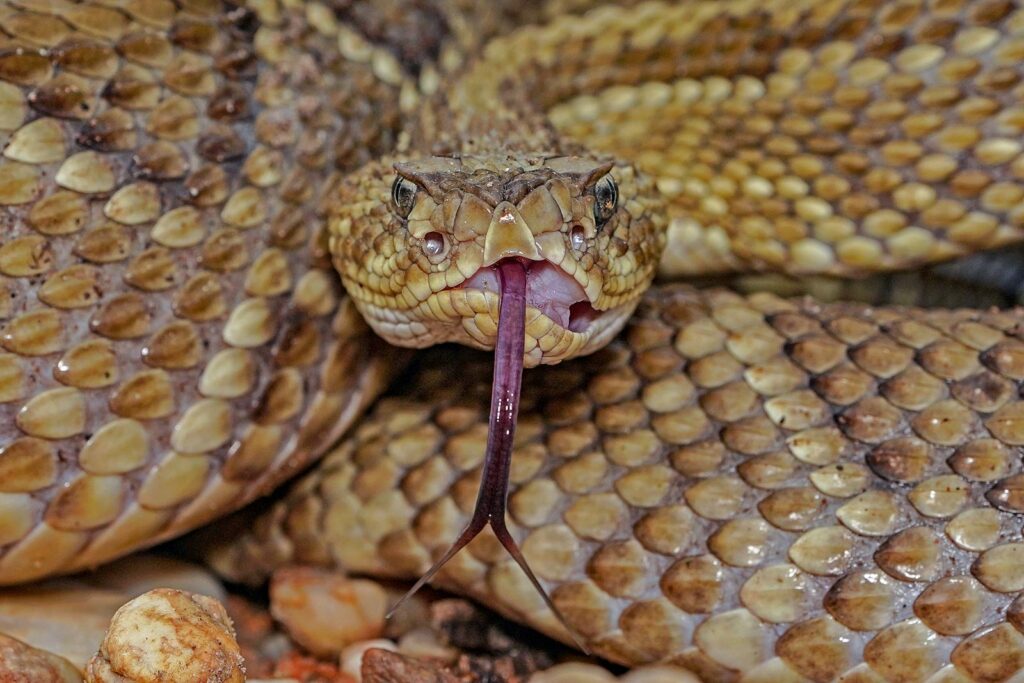
The phenomenon of death-feigning extends beyond venomous species to include numerous non-venomous snakes, creating a complex web of mimicry that complicates predator learning. Many harmless species have evolved to imitate both the appearance and behavior of their venomous counterparts, including adopting similar thanatosis displays. The eastern milk snake, for instance, closely resembles the venomous coral snake in coloration and has developed nearly identical death-feigning behaviors. The non-venomous eastern indigo snake sometimes performs thanatosis displays remarkably similar to those of local venomous species. This form of Batesian mimicry (when harmless species mimic dangerous ones) creates an evolutionary advantage for the harmless mimics while potentially diluting the protective benefits for the venomous models. Some researchers have proposed that this relationship may actually enhance the effectiveness of death-feigning in venomous species by creating confusion and caution among predators who cannot easily distinguish between harmful and harmless prey. The existence of these parallel behaviors across venomous and non-venomous species demonstrates the powerful selective pressures that have shaped defensive strategies in the snake world.
Human Reactions and Misconceptions About Death-Feigning Snakes
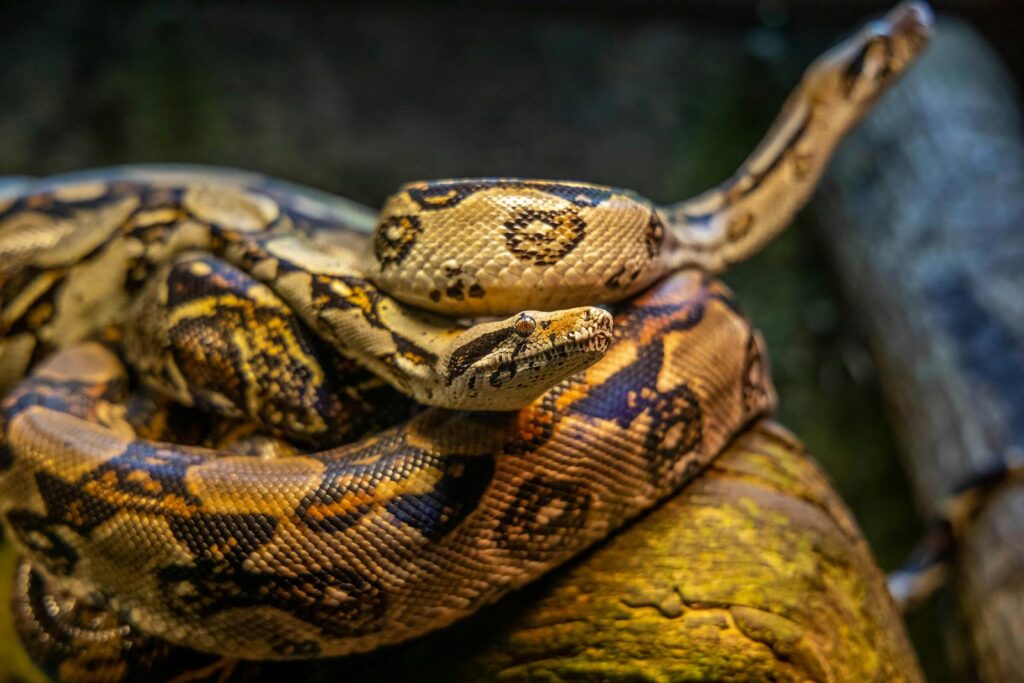
Human encounters with death-feigning snakes often lead to misconceptions and myths that can impact conservation efforts and public safety. Many people mistakenly believe that snakes exhibiting thanatosis are actually dead, leading to unnecessary approaches that may put both the human and snake at risk if the animal suddenly abandons its act. Others misinterpret the behavior as a sign of aggression or illness rather than a defensive strategy, sometimes resulting in unnecessary killing of these animals. Wildlife educators note that videos of dramatic hognose snake performances have gone viral on social media platforms, occasionally prompting misguided attempts to provoke this behavior in wild snakes, which causes significant stress to the animals. Conservation professionals work to educate the public that death-feigning represents a stress response and should not be deliberately induced. Understanding that this behavior indicates a frightened animal attempting a last-resort defensive strategy can promote more respectful human-snake interactions and reduce unnecessary conflicts that often end poorly for the snakes involved.
Current Research and Evolving Understanding of Thanatosis
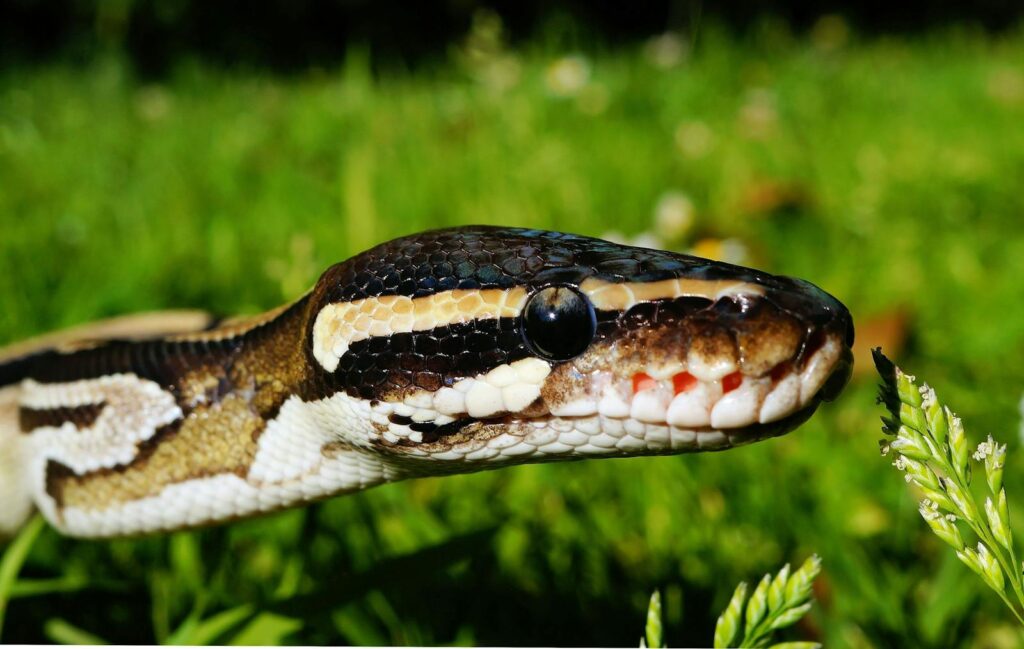
Scientific investigation into snake thanatosis continues to evolve, with recent research revealing new dimensions of this complex behavior. Current studies using neuroimaging techniques are beginning to map the brain activity associated with death-feigning, identifying specific neural pathways that activate during these episodes. Behavioral ecologists are conducting field experiments to determine exactly which predator species are most effectively deterred by thanatosis, helping to explain the evolutionary pressures that shaped this adaptation. Some researchers are exploring potential connections between thanatosis and tonic immobility in other animals, including the “playing dead” behaviors seen in some mammals and birds. Perhaps most intriguingly, emerging evidence suggests that death-feigning behavior may have heritable components, with certain genetic lineages showing stronger predispositions toward the behavior than others. As research tools become more sophisticated, our understanding of this remarkable defense strategy continues to deepen, providing valuable insights into the complex interplay between behavior, ecology, and evolution in these fascinating reptiles.
Conclusion
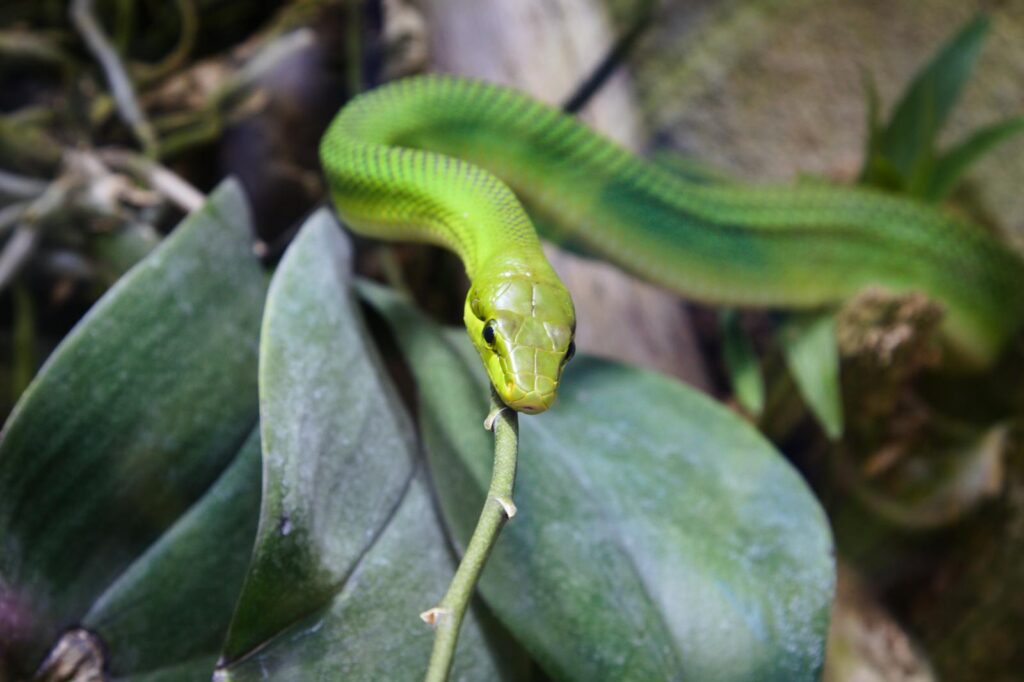
The phenomenon of venomous snakes playing dead represents a remarkable example of behavioral adaptation in the natural world. This seemingly counterintuitive strategy—where deadly animals choose apparent vulnerability over offensive capabilities—illustrates the complex evolutionary responses to predation pressure. Thanatosis serves as a sophisticated last line of defense when venom, intimidation, and escape have failed or aren’t viable options. The behavior’s widespread occurrence across different snake families and geographic regions demonstrates its effectiveness as a survival strategy. As we continue to study this fascinating behavior, we gain not only greater appreciation for the complexity of reptile behavior but also deeper insights into the fundamental dynamics of predator-prey relationships. The next time you encounter stories of deadly snakes playing possum, remember that this dramatic performance represents millions of years of evolutionary refinement—a testament to nature’s endless capacity for developing effective survival strategies in a dangerous world.

